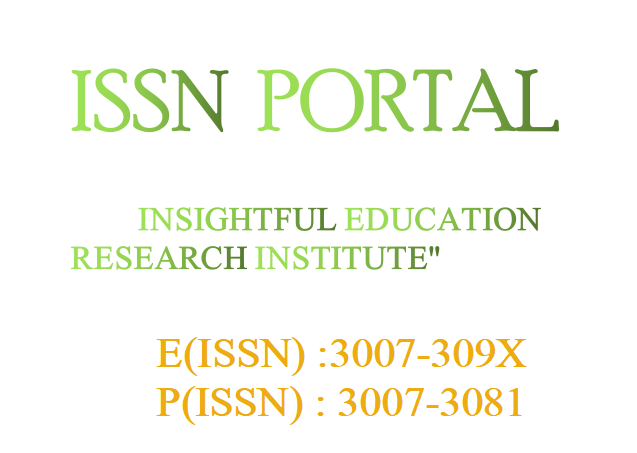ASSOCIATION OF ANEMIA WITH PARITY AMONG PREGNANT MOTHERS
DOI:
https://doi.org/10.63075/xpjmvh09Keywords:
Anemia, Parity, Pregnant mothersAbstract
Background: Iron deficiency, a major preventable cause of anemia globally, is a significant public health challenge in South Asia, particularly in Peshawar, affecting a significant portion of the population. Objective: To determine the incidence of iron deficiency illnesses associated with pregnancy in the district Peshawar, Khyber Pakhtunkhwa, Pakistan. Methodology and Materials: A descriptive cross-sectional study was carried out on 295 pregnant women aged 18 to 40 years. Non-probability convenience sampling technique used and self-structured questionnaire, healthcare records, and laboratory results for data collection were used. The data was analyzed using SPSS version 22. Results: The Mean age of the participant was 29.52±4.81 years and mean age at the time of marriage was 23.03±3.15. Majority of the female had no formal education followed by primary and secondary education. The study found that 25.4% of participants had primary gravida, with 60% reporting healthy eating habits and 90% used iron supplements. The average Hb% was 11.1±1.3, with 47.46% being anemic. The study found that primary gravida had higher mean Hb values than multigravida. The study found a significant difference in MCHC, with primary grvida having higher mean values than multigravida. Blood pressure levels varied across parity levels, with a decrease up to gravida 2 and a similar decrease in levels 3, 4, and 5. The mean difference was statistically significant across gravida. Conclusion: Our results revealed that anaemia is a major public health problem for pregnant women in Peshawar, particularly those with a high parity. The findings highlight the critical need for targeted maternal health treatments such as better nutrition, regular supplements, complete prenatal care, and optimal family planning. These interventions are critical for reducing the burden of anaemia and improving maternal and foetal outcomes.







